How to ferment vegetables at home: 10 easiest recipes for beginners
Content:
- List of proven recipes
- Recipe 1. Sauerkraut with cranberries
- Recipe 2. Salt-free sauerkraut
- Recipe 3. Pickled beets
- Recipe 4. Kimchi
- Recipe 5. Pickled cucumbers
- Recipe 6. Black garlic
- Recipe 7. Pickled sweet peppers
- Recipe 8: Fermented Green Beans
- Recipe 9. Vitamin mixture of fermented vegetables
- Recipe 10. Spicy Mediterranean vegetable salad
- What are the benefits and harms of fermented vegetables?
Few people know that almost any vegetables can be fermented at home. The main thing is to know the technology and use the right spices. We have collected 10 of the best recipes that will allow you to make healthy and tasty preparations for the winter.
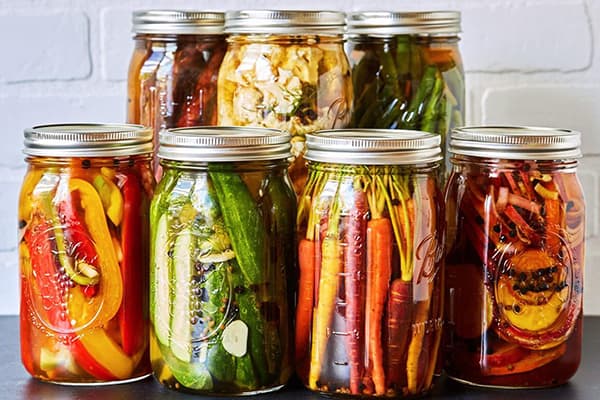
List of proven recipes
To prepare fermented vegetables, it is better to use coarse table or sea salt. Small table and iodized ones negatively affect the taste of the product and can even lead to premature spoilage.
The optimal temperature for fermenting vegetables is 21–25 degrees.
Recipe 1. Sauerkraut with cranberries
Sauerkraut is one of the best food sources of vitamin C. The famous navigator James Cook filled wooden barrels with this delicacy, which he then loaded on board the ship before sailing.This is how he protected his team members from scurvy, a serious disease caused by a deficiency of ascorbic acid in the body.
How to make sauerkraut with cranberries at home?
Prepare the following ingredients:
- fresh cabbage – 1 kg;
- half a large carrot;
- cranberries – 80 g;
- salt – 2 tbsp. spoons;
- granulated sugar – 1 tbsp. spoon;
- Bay leaf.
Chop the cabbage and grate the carrots. Stir the vegetables. Rinse and dry the berries. Add salt and sugar to the vegetable mixture.
Prepare a deep container. Place the vegetable mixture on the bottom, sprinkle with 1/3 of the berries, and place a bay leaf in the center. Make 3 more layers like this. Weigh the cabbage down with a plate with a weight (for example, a bag of cereal). Leave the product to ferment at room temperature for 5 days. During this time, foam should appear on the surface.
Make holes in the cabbage all the way to the bottom using wooden sticks. Leave it to ferment for another 5–7 days. Then transfer to a glass jar and store in the refrigerator.
Sauerkraut can last in the cold for 3-4 months.
Recipe 2. Salt-free sauerkraut
Do you want to make sauerkraut without salt? Then try this recipe.
Prepare the following products:
- cabbage (preferably late) – 1 kg;
- one apple;
- one carrot;
- dried dill seeds – 10 g.
Chop the cabbage, grate the peeled apple and carrot on a coarse grater. Mix vegetables, fruits and seeds in one deep container, mash vigorously with your hands until the juice begins to release. It is advisable to use dishes made of acid-resistant material (for example, an enamel pan or stainless steel) for fermentation.
Cover the workpiece with a flat plate with a weight. Leave to ferment at room temperature for 3 days.Place the finished sauerkraut in glass jars and store in the cold. The shelf life will be 1 month.
Recipe 3. Pickled beets
Pickled beets can be made not only for consumption as an independent snack. It makes a very tasty beetroot soup. This soup tastes like something between borscht and cabbage soup.
For the starter you will need the following ingredients:
- beets – 5 pcs. medium size;
- salt – 1 teaspoon;
- water – 500 ml;
- chopped greens (dill, cilantro or parsley) - a quarter cup;
- cumin seeds – 10 g.
Cut the vegetable into slices up to 0.5 cm thick. Pour the cumin seeds into a glass jar. Place beet slices on top.
Dissolve salt in hot water. Pour the salted liquid over the beets until it completely covers them. Sprinkle with chopped herbs. Place a weight on top and cover the container with a clean cotton cloth or gauze. Let the beets ferment at room temperature.
After 10–14 days, remove the weight and remove the greens from the jar. Seal the container with a nylon lid and store it in a cool place.
Pickled beets should be consumed within 3–4 months.
Recipe 4. Kimchi
This fermented dish came to us from South Korea, where a large number of physically healthy and slim people live. Kimchi has a sweet and sour taste with spicy notes.
To prepare a Korean dish, you should use the following products:
- Chinese cabbage – 1 pc.;
- carrots – 1 pc.;
- green onions – 100 g;
- pink sea salt – 1 teaspoon;
- soy sauce – ¼ cup;
- garlic – 10 cloves;
- ground ginger – 1 tbsp. spoon;
- small boiled shrimp - 2 tbsp. spoons;
- honey – 1 teaspoon;
- water – 250 ml.
Chop the Chinese cabbage.Dissolve salt in a glass of water. Pour brine over the cabbage and leave in the kitchen for 6 hours.
Grate the carrots on a coarse grater and chop the green onions. Beat the remaining ingredients listed in a blender until smooth. Add carrots, green onions and savory mixture to cabbage and stir to combine.
Press the vegetables down with a weighted plate. Leave to ferment at room temperature. After 3 days, the kimchi will be ready. It can be stored refrigerated for 2 months.
Recipe 5. Pickled cucumbers
Salty and sour pickled cucumbers are an excellent addition to boiled potatoes and meat dishes. And preparing sourdough is very simple.
You will need the following ingredients:
- cucumbers – 1500 g;
- salt – 2.5 tbsp. spoons;
- water – 1500 ml;
- garlic - one head;
- dill - 3 umbrellas;
- horseradish leaves.
Small cucumbers with pimples are more suitable for fermentation. Rinse them and leave them in water for 3 hours. It will remove excess bitterness. Then place the vegetables in a deep saucepan along with the dill and garlic. Top with horseradish leaves. Tamp down the vegetables and herbs with your hands.
Dissolve salt in cold water. Pour brine over cucumbers. Cover them with a weighted flat plate and leave to ferment at room temperature. After 5 days, pickled cucumbers can be eaten or stored for the winter. In the latter case, the vegetables need to be strained, doused with boiling water and placed in glass containers. Pour the brine into a saucepan, put on fire and bring to a boil. Then pour it over the cucumbers and roll up the jars.
Recipe 6. Black garlic
Garlic can be fermented without salt. This product is even suitable for feeding people with diseases of the cardiovascular system and kidneys.Black garlic has a delicate taste, strong aroma and increases the nutritional value of sauces, meat and fish dishes.
For fermentation, you will need a deep container (about 6 liters in volume) and foil.
Place fresh peeled garlic cloves on the bottom. Wrap the container with foil in 3-4 layers and close with a lid. This will prevent bacteria from getting inside. Place the dish with garlic next to the radiator. Fermentation will take about 40 days.
Recipe 7. Pickled sweet peppers
Sweet peppers become juicier after fermentation. Pairs well with meat, pasta, and potatoes. It can also be added to vegetable soups.
For cooking you will need the following products:
- bell pepper – 7 medium-sized pieces;
- garlic – 1 clove;
- salt – 1.5 tbsp. spoons;
- basil – 1 sprig;
- parsley – 1 small bunch;
- pepper (peas);
- water – 1 liter.
Soak the peppers in boiling water for 3 minutes. Place in a glass jar along with the peas and garlic. Boil water with salt, throw in the greens. Pour the cooled brine over the vegetables. Cover the jar with a lid and leave the contents to ferment.
After 3 days, pierce the bell peppers with a knitting needle. Place a weighted plate on top of the jar. Leave the peppers to ferment for another 4-5 days. It can then be eaten or stored in a cool place. Shelf life – 2 months.
Recipe 8: Fermented Green Beans
The fermented green bean product is not only appetizing, but also filling due to its high protein and dietary fiber content.
The recipe contains the following components:
- young green beans – 0.5 kg;
- garlic – 4 cloves;
- dill - 2 umbrellas;
- salt – 5 tbsp. spoon;
- pepper (peas) – 1 teaspoon;
- ground chili pepper – 1 teaspoon;
- water – 2000 ml.
Dissolve salt in hot water. Place garlic, dill and seasonings at the bottom of a glass jar, and beans on top. Compact the contents with your hands and fill with cooled brine. Cover the containers with cotton cloth and leave to ferment for 5 days.
Store finished sauerkraut beans in the refrigerator for no longer than 1 month.
Recipe 9. Vitamin mixture of fermented vegetables
Another healthy and simple recipe without salt.
Prepare the following ingredients:
- shredded Chinese cabbage - 2 cups;
- shredded red cabbage – 2 cups;
- sweet potatoes – 1 pc.;
- beets – 1 pc.;
- freshly squeezed celery juice – 1 glass;
- garlic – 2 cloves.
Chop potatoes and beets. Place them in jars along with shredded cabbage and garlic cloves (the containers should be compacted to the top). Pour celery juice over vegetables. Press down the contents with weighted plates and cover with a cotton cloth. Leave to ferment at room temperature for 4 days.
Store the prepared mixture of pickled vegetables in the refrigerator for no longer than 3 months.
Recipe 10. Spicy Mediterranean vegetable salad
This dish is often served as a side dish in Mediterranean and Latin American countries.
A mix of pickled vegetables includes the following components:
- hot pepper – 1 pc.;
- carrot – 1 pc.;
- celery – 3 stalks;
- cauliflower or broccoli – 200 g;
- sea salt – 1 tbsp. spoon;
- apple or wine vinegar - 2 tbsp. spoons;
- water – 500 ml.
Dissolve sea salt in hot water. Chop all the vegetables and fill the container to the top with them. Add vinegar to the cooled brine. Fill the contents of the jar with liquid. Press the vegetables down with a weight and cover with a cloth. Leave to ferment for 5 days.
The mixture is stored in the refrigerator for 1 month.
What are the benefits and harms of fermented vegetables?
Fermented vegetable products contain large amounts of lactic acid bacteria. The latter perform the following functions in the human body:
- neutralize the effect of pathogenic microorganisms;
- normalize digestion, relieve flatulence, constipation and diarrhea;
- strengthen the immune system;
- improve the absorption of vitamins, minerals and amino acids.
During fermentation, vitamins, macro- and microelements are well preserved in the fruits. The body digests pickled vegetables and fruits more easily than fresh ones. Such products are suitable even for dogs in moderation.
However, you need to keep in mind that in most recipes salt is an important ingredient. The consumption of salty foods should be limited to persons with hypertension, cardiac edema, kidney disease, and obesity. In addition, pickled vegetables contain a lot of acids. They are contraindicated in cases of increased acidity of gastric juice, gastritis, and ulcers.
Fermenting vegetables is not difficult. There are general rules that apply to most recipes. Thus, fermentation must occur in the absence of oxygen. Therefore, the contents of the container are always pressed down with a plate with a load. The longer a product is fermented, the more beneficial bacteria accumulate in it. However, it is better to check the taste every day, because when overexposed, the vegetables become too sour.
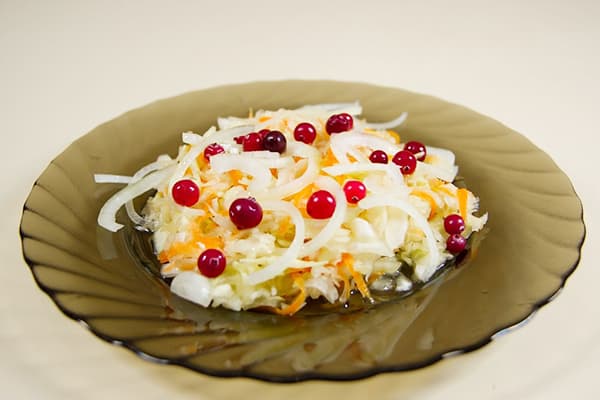
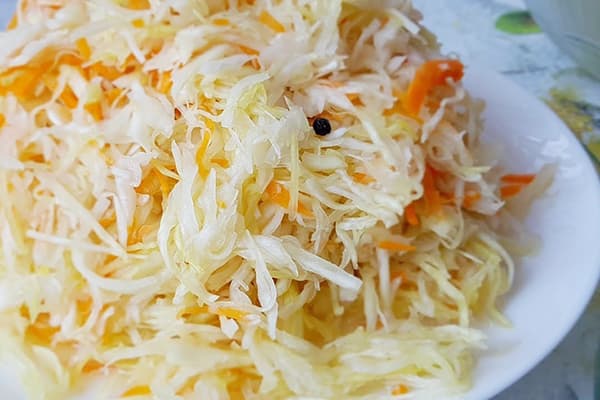
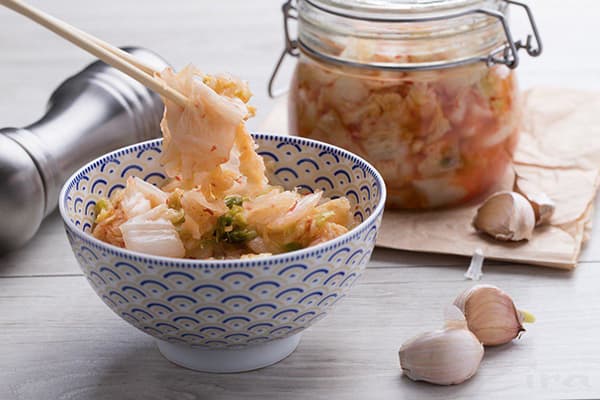
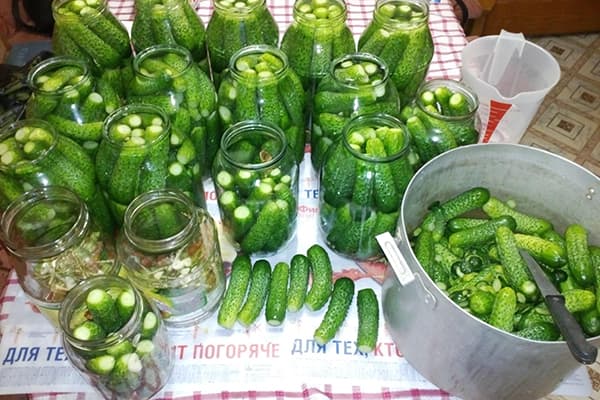
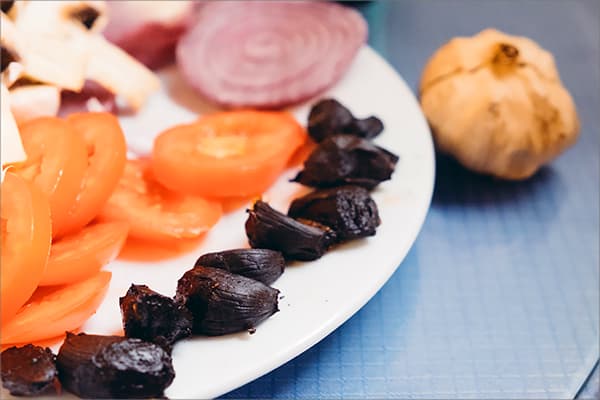
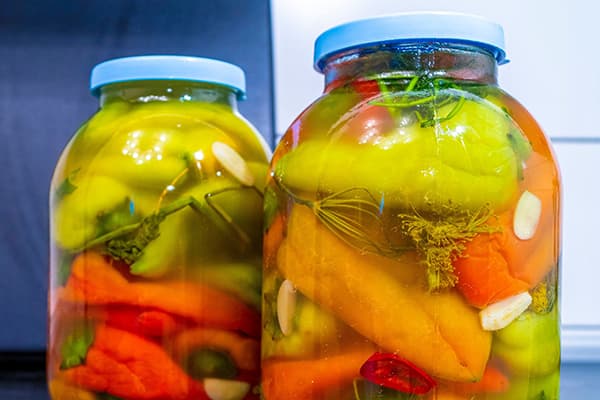
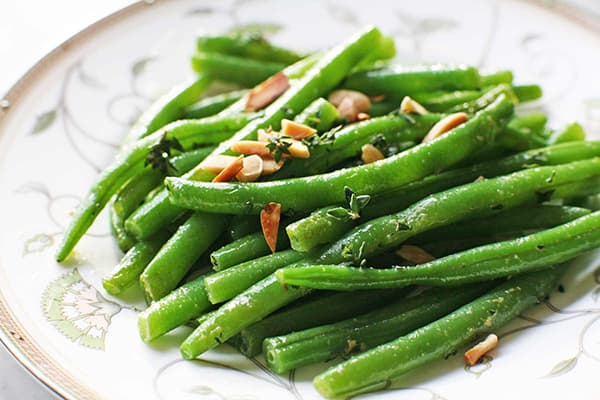
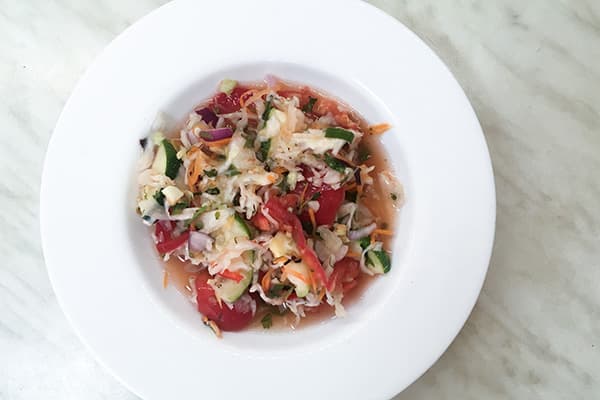
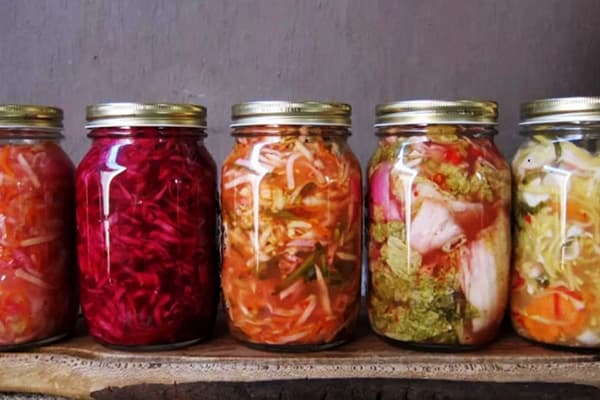
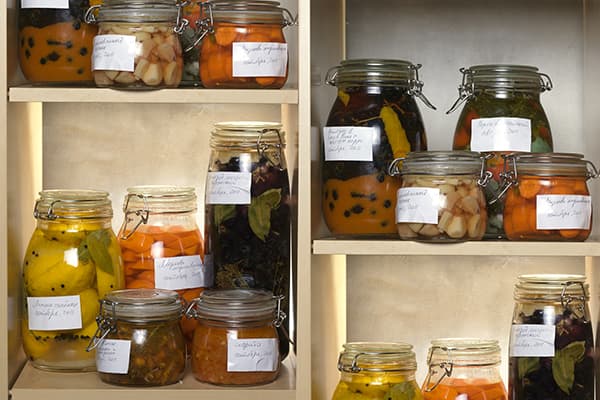
Thank you, everything is well detailed
Thank you! Interesting. I knew and fermented, it turns out I only fermented cabbage.
Thank you! useful information
Thank you. And before you take it to the basement, do you close it with plastic lids or roll it up with tin lids?
I have already tried kimchi and green beans using these recipes. Very tasty and unusual.